How LNG-Fueled Engines Could be Converted to Run on Ammonia
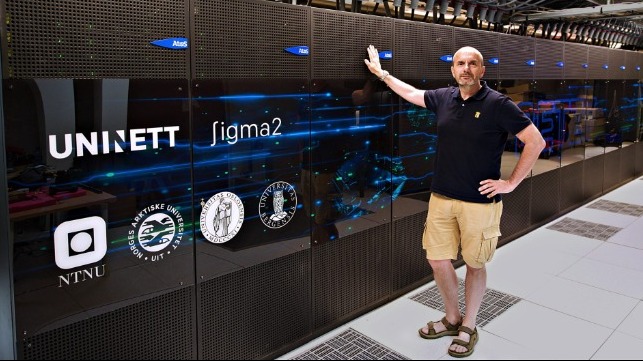
SINTEF researcher Andrea Gruber crunches numbers - with good help from the supercomputer Betzy. With an infinity of calculations that are linked together, the researchers now provide answers to what is needed for the well-known chemical ammonia to become a climate solution for large parts of shipping.
The chemical has the ability to remain liquid at room temperature at moderate pressure levels, such as in ordinary gas cylinders. The climate-friendly alternative hydrogen, by comparison, requires a temperature lower than minus 253 degrees Celsius to stay liquid.
In addition, we already have both production opportunities and a distribution network ready for ammonia. This makes the solution easy to use for large parts of the world. Ammonia can be produced with completely renewable energy sources, or with carbon capture and storage from natural gas.
Because pure ammonia burns poorly and is difficult to ignite in an engine, the idea of ??the researchers is to use the waste heat from the combustion process to partially decompose the ammonia. Ammonia consists of one nitrogen atom and three hydrogen atoms. After the decomposition, we are left with fuel that consists of ammonia, nitrogen and hydrogen.
The hydrogen content in this fuel helps to kick-start the combustion process well, with good help from large amounts of heated air from the surroundings. It provides movement and propulsion in the engine's well-known thermal process.
"The fact that the 'working medium' in this combustion is air makes it quite simple and cheap to scale up the process, so that it can be adapted to the largest cargo ships. For battery-powered ships or vessels that use power from fuel cells, it is a lot more difficult," says Gruber. "Unlike the electrochemical process in a fuel cell, which is also an interesting alternative in smaller ships, the internal combustion engine utilizes 'all' the air and not just the oxygen content (~ 22 percent)," Gruber adds.

Animation of the flame (red) burning through the turbulent mixture of ammonia, hydrogen and air (green). The calculation is performed in a small (1 cm3) but representative proportion of the entire combustion chamber by solving differential equations of almost 1 billion points. Animation: Andrea Gruber / SINTEF
Billions of calculations and useful waste heat
The supercomputer Betzy is the researchers' most important tool in the search for the optimal combustion of ammonia. Betzy has five times the existing computing capacity of Norwegian researchers and has a total computing power equivalent to 43,000 "ordinary" laptops. Put another way: With a normal laptop, it would take 1,168 years to perform the simulations in this project.
The researchers have used 80 million computational hours spread over approximately three months from December 2020 to February 2021. The mathematical solution shows in detail how ammonia is burned in a ship's engine compared to natural gas or pure hydrogen.
There are already natural gas (LNG) engines on the market, and with the simulation job done, the researchers have the exact data needed to redesign existing gas engines to run on climate-friendly ammonia. Thus, these calculations help us on the way to phasing out heavy oil from shipping.
"We have worked a lot with mathematical simulations of internal combustion engines before, but then we have had to collaborate with research environments in the US to be able to use computing power there. Now we have finally got the opportunity here in Norway," says Gruber.
In practice, the researchers calculate how 19 chemical substances react with each other in 63 different elemental reactions - with different mixing ratios in a turbulent combustion process.
"What we know from before is how a certain mixture of fuel and air is burned without turbulence. But turbulence arises as an inevitable fact in any practical application of the combustion process. Getting more and more accurate information about this is absolutely essential for optimizing engines with regard to the best utilization of fuel and reducing emissions, but it also requires enormous amount of computing power," says Gruber.
The next step is laboratory experiments
The calculations have given the researchers important details about how the ammonia behaves under different combustion conditions and makes it possible to simulate virtual flames in a small but representative part of a combustion chamber.
Research shows that under normal operating conditions, pure hydrogen has far too high reactivity as a motor fuel and a tendency to ignite prematurely, while pure ammonia ignites and burns poorly.
"Neither of the two fuels is therefore favorable for the internal combustion engines. However, by utilizing waste heat from the ship's engine, ammonia can be partially decomposed on board. Then we get a fuel mixture of ammonia, hydrogen and nitrogen," the SINTEF researcher explains.
Such a process will be practical for two reasons: First, the engine's waste heat is recycled to increase the energy content of the fuel, which improves the overall efficiency of the machine. Secondly, the combustion properties of the new ammonia / hydrogen / nitrogen fuel mixture will be very similar to what can be characterized as standard natural gas.
"This is important, because it means that it will be possible to adapt engines that are already in the current fleet to burn the fuel mixture," says Gruber.
This article appears courtesy of Gemini News and is reproduced here in an abbreviated form. The original (in Norwegian) may be found here.
The opinions expressed herein are the author's and not necessarily those of The Maritime Executive.
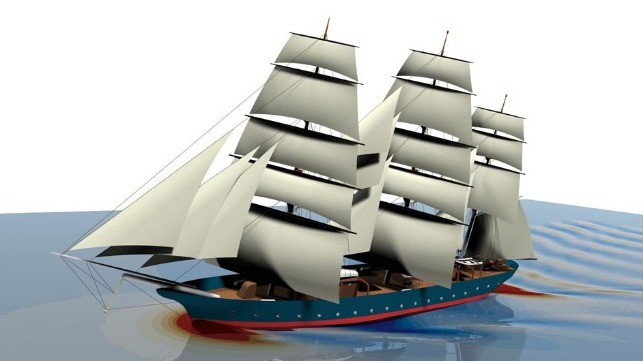

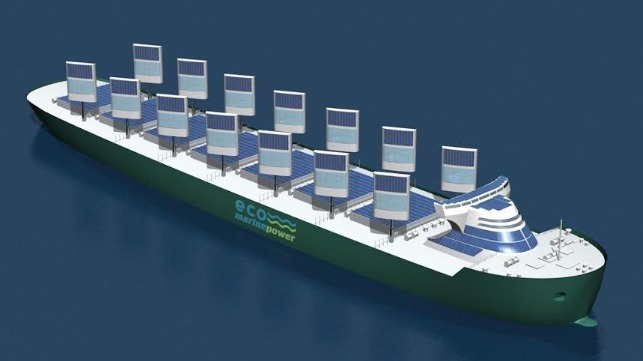
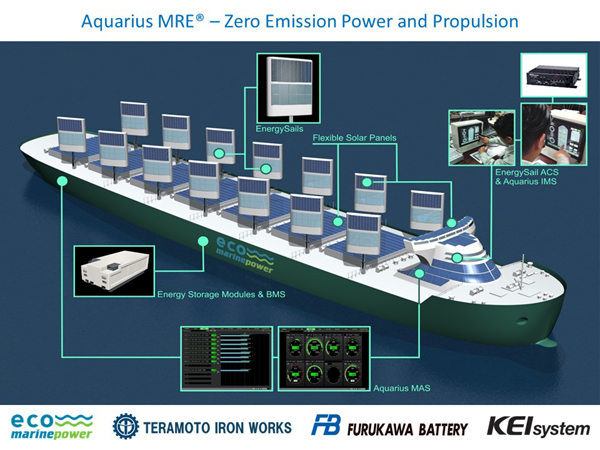
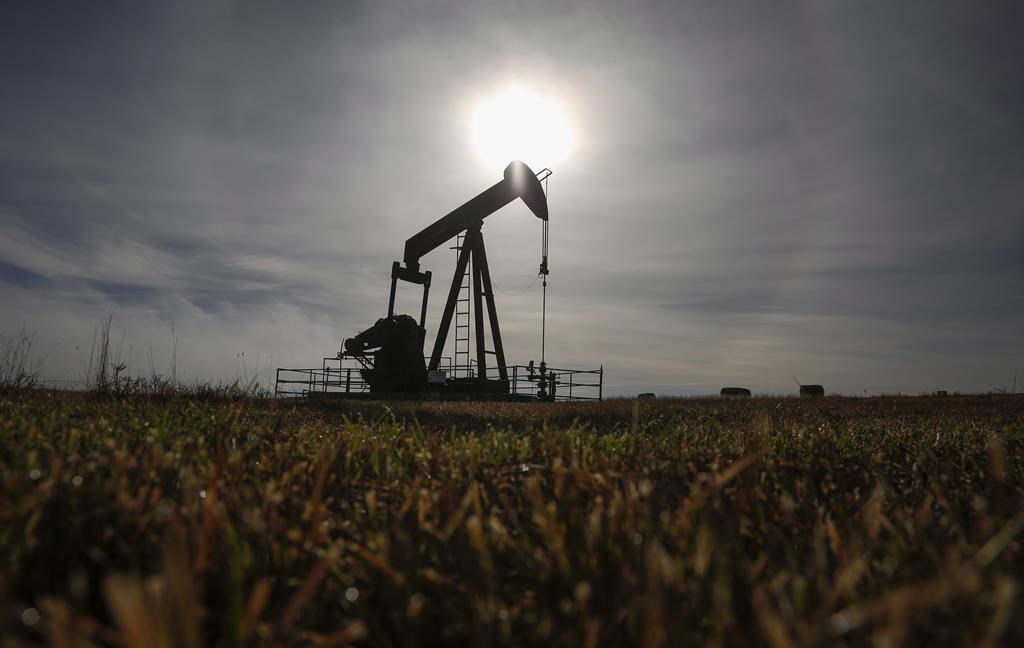












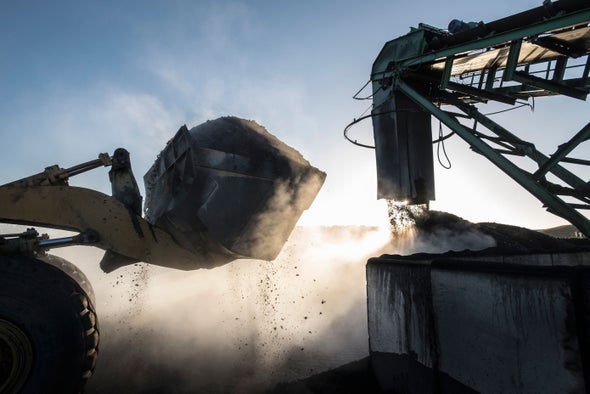
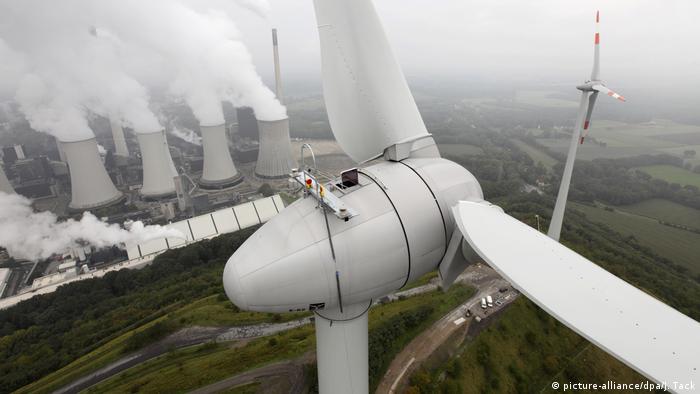




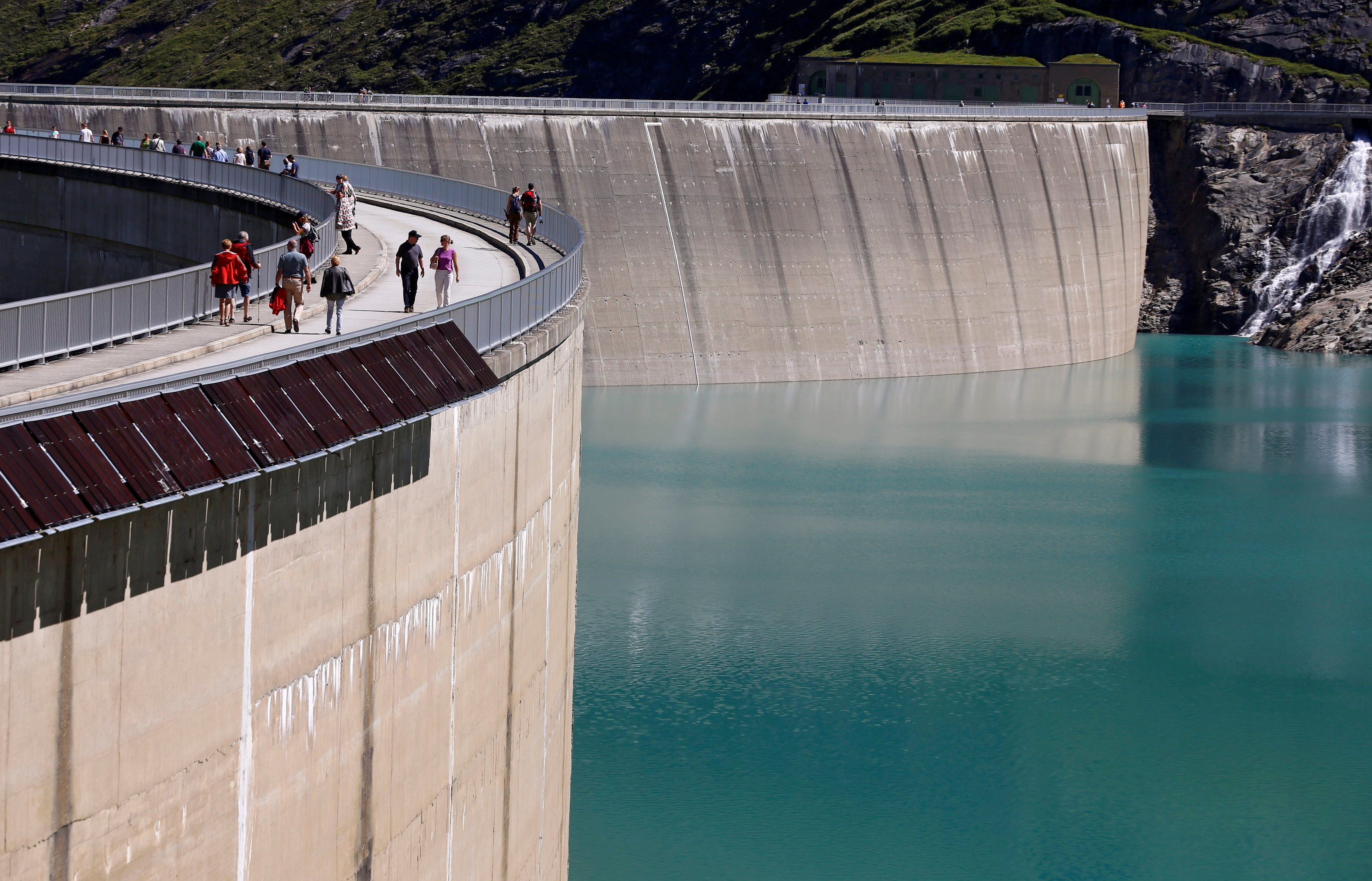 The Mooserboden water reservoir of Austrian hydropower producer Verbund is seen near Kaprun, Austria, August 31, 2016. REUTERS/Leonhard Foeger
The Mooserboden water reservoir of Austrian hydropower producer Verbund is seen near Kaprun, Austria, August 31, 2016. REUTERS/Leonhard Foeger